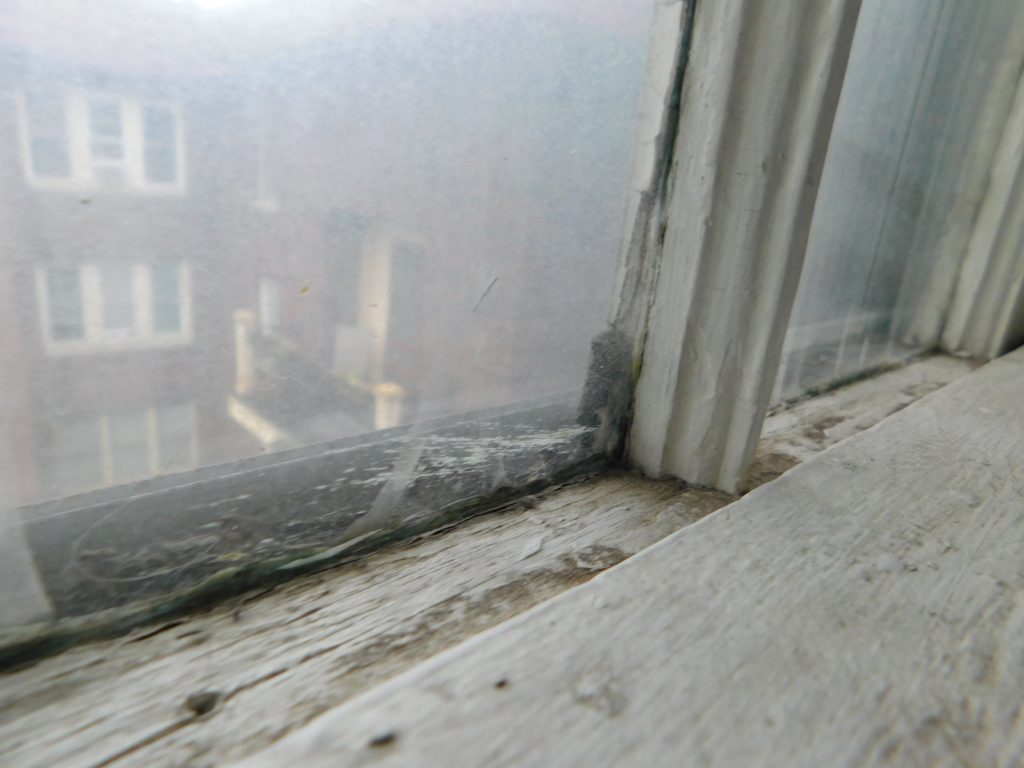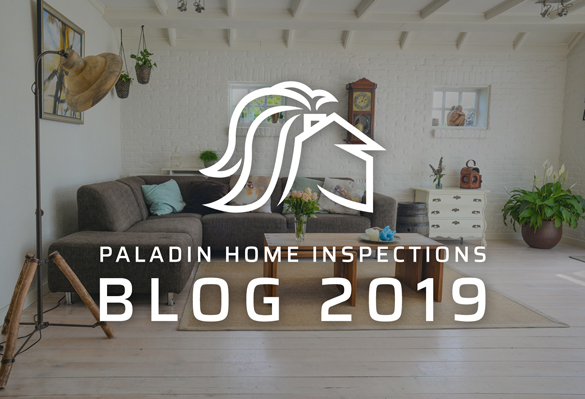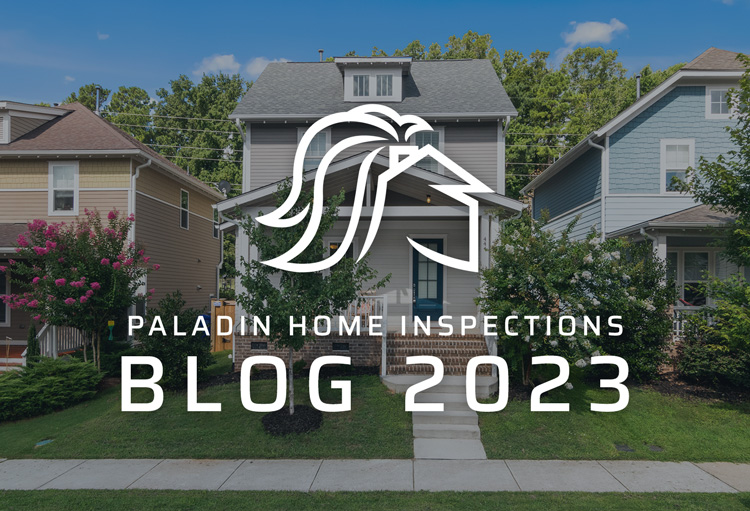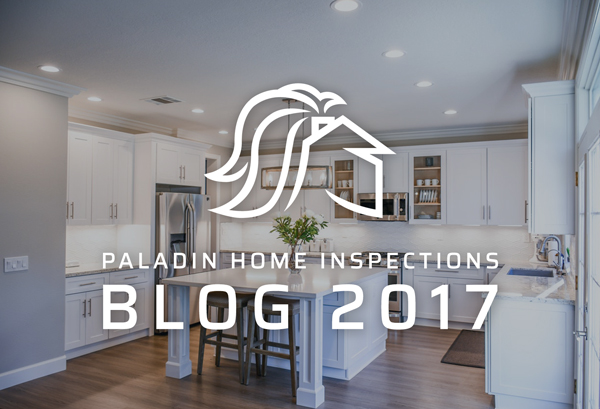The problems associated with air that is too dry are very few, especially compared to air that is too moist. There are more than 100,000 kinds of mold in the world. (really-I looked it up). Most require moisture levels above 50% RH to thrive. So keeping the moisture level in your house at or below that level is good for controlling mold, right?
Well, not so much. There is also the issue of dew point.
You know what condensation is, right? The beads of water on the outside of a pop bottle in the summer. Warm air can hold a lot of water, cold air less. The air around a bottle of pop cools off. Because cool air hold less moisture, the moisture in the air clings to the bottle.
And so it is with surfaces in your house. Three places where this is most common are window panes, basement walls (and floors) and exhaust ducts that run from the bathroom through the attic. (There are other places, too, but we’re already 175 words into this thing and nowhere near the end).

When condensation forms on windows, water runs down the pane and can damage the wood. Over time, the wood decays.
If there are wooden studs or fiberglass insulation on the basement walls, mold can grow.
When water runs down exhaust vents, moisture can stain the bathroom ceiling.
So, how dry is dry enough? If the goal is to avoid the above issues, very dry. Actually, too dry. In the winter, windows can frost up even when the dew point is very low.
So what to do?
Keep air moving, for one. Open the curtains and raise the window shades when you don’t need them closed.
Ventilate properly. Use the bathroom exhaust fans. In a bathroom with a shower or bath, have the exhaust fan on a timer and run the fan for 45 minutes to an hour.
Cover dirt floors in basements and crawlspaces. Use 6 mil plastic and overlap it by at least 6″. Run it up the walls for at least 6″.
If your kitchen fan vents outside, great! It’s a great way to reduce heat, odors and moisture.
But what about air coming in? Won’t exhaust fans create a vacuum? The healthiest houses have Heat Recovery Ventilation (HRV) or Energy Recovery Ventilation (ERV). ERV’s are more popular in the south, where moisture is more of a problem, HRV’s up north, where heating costs are higher. In a nutshell, HRV’s and ERV’s move air into as well as out of the house, transferring the heat from one airstream to the other. They bring in fresh air and help keep the house balanced. So, a warm house stays warm, a cool house stays cool. It’s not nearly as confusing as I just made it out to be.
Use a dehumidifier. Get a humidistat, which is about the size of a deck of cards and can tell you the moisture levels in your house. Expect to spend $5 – $12. The target levels are 20% in the winter to about 45% during the summer months. Dehumidifiers come with buckets that need to be emptied, but you can attach a hose to the back and direct the water to a floor drain. The cost of a dehumidifier varies greatly, but a good one can be found for around $200. They do require regular cleaning, and old ones often are inefficient.



